The 8 Biggest Environmental Issues In The US
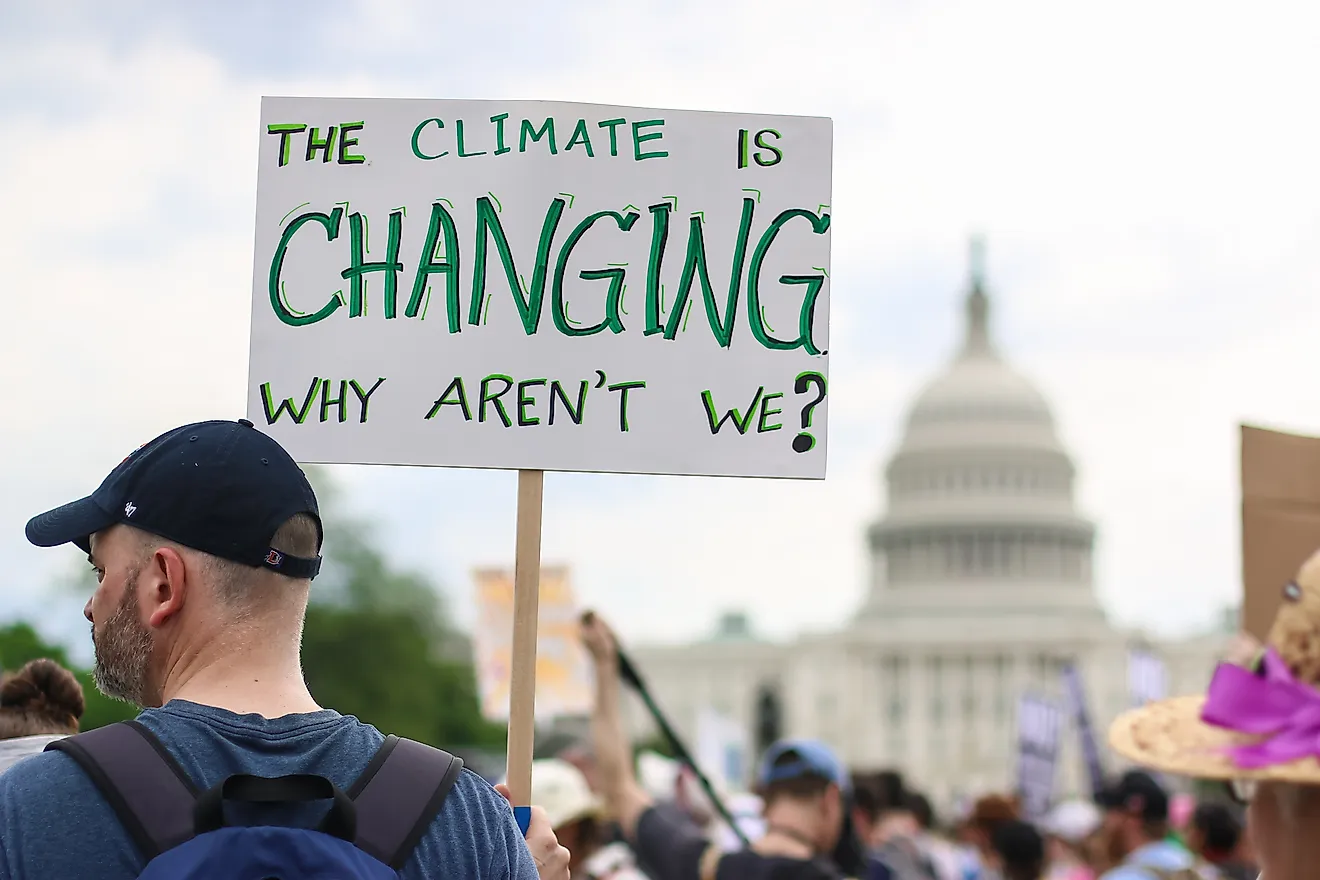
- According to a report released by the American Lung Association, approximately sixty percent of Americans live in areas with high levels of air pollution.
- In 2013, Americans generated 254 million tons of refuse; China produced 190 million tons and their population is four times larger.
- Since the 1600s, the United States has seen the removal of 75 percent of the land’s forests.
The United States—along with the rest of the world—is in the midst on an environmental crisis. Global warming is on the rise, pollution is deteriorating the ozone, and ecosystems are being destroyed. These issues could cause irreparable damage to our beautiful blue planet and to our very way of life. And we are the cause of most of it; that is the hard truth. It is more important now than ever to educate ourselves on these issues, starting with the eight found below.
8. Climate Change
Climate change is one of the biggest environmental issues currently plaguing the United States. Abnormal temperatures and extreme weather are largely due to human activity, such as the emission of greenhouse gases, which the US, along with China, produces the most of. Since the late 1800s, the average temperature has risen by one or two degrees Fahrenheit every year, a pattern which is only expected to continue. This temperature change can be erratic and vary on location, creating regional problems, like droughts which are particularly bad in the Southwest.
7. Air Pollution
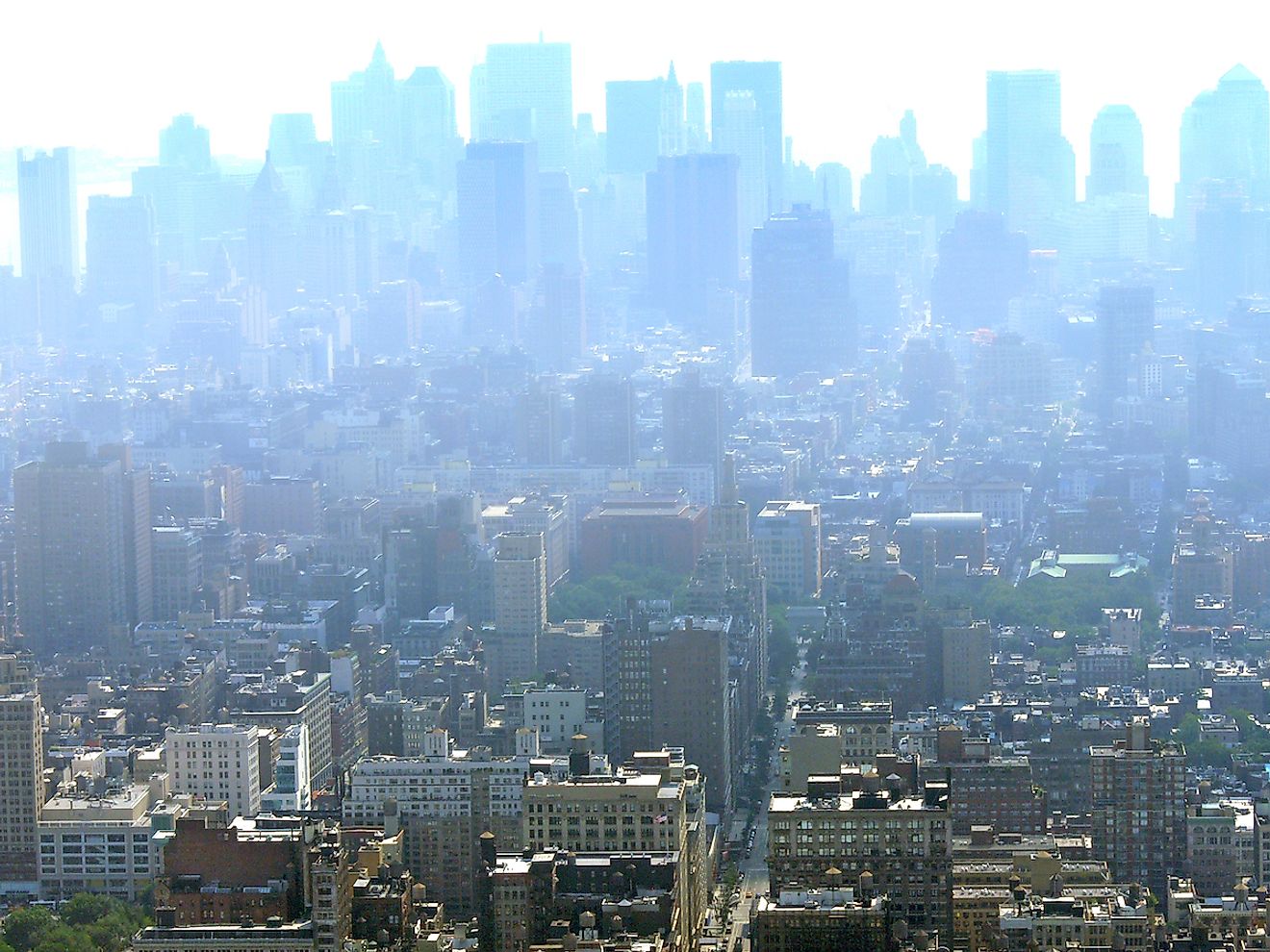
Air pollution is the release of harmful contaminants into the air. Most of these pollutants are the result of industrialization: oil plants and vehicle emissions, among other things. According to a 2009 report released by the American Lung Association, approximately sixty percent of Americans live in areas with high levels of air pollution. This could lead to any number of health concerns, including respiratory issues, cancer, and even death. Air pollution is a nasty villain for major cities, particularly California; in fact, the top twelve most affected American cities are located in the Golden State.
6. Water Pollution
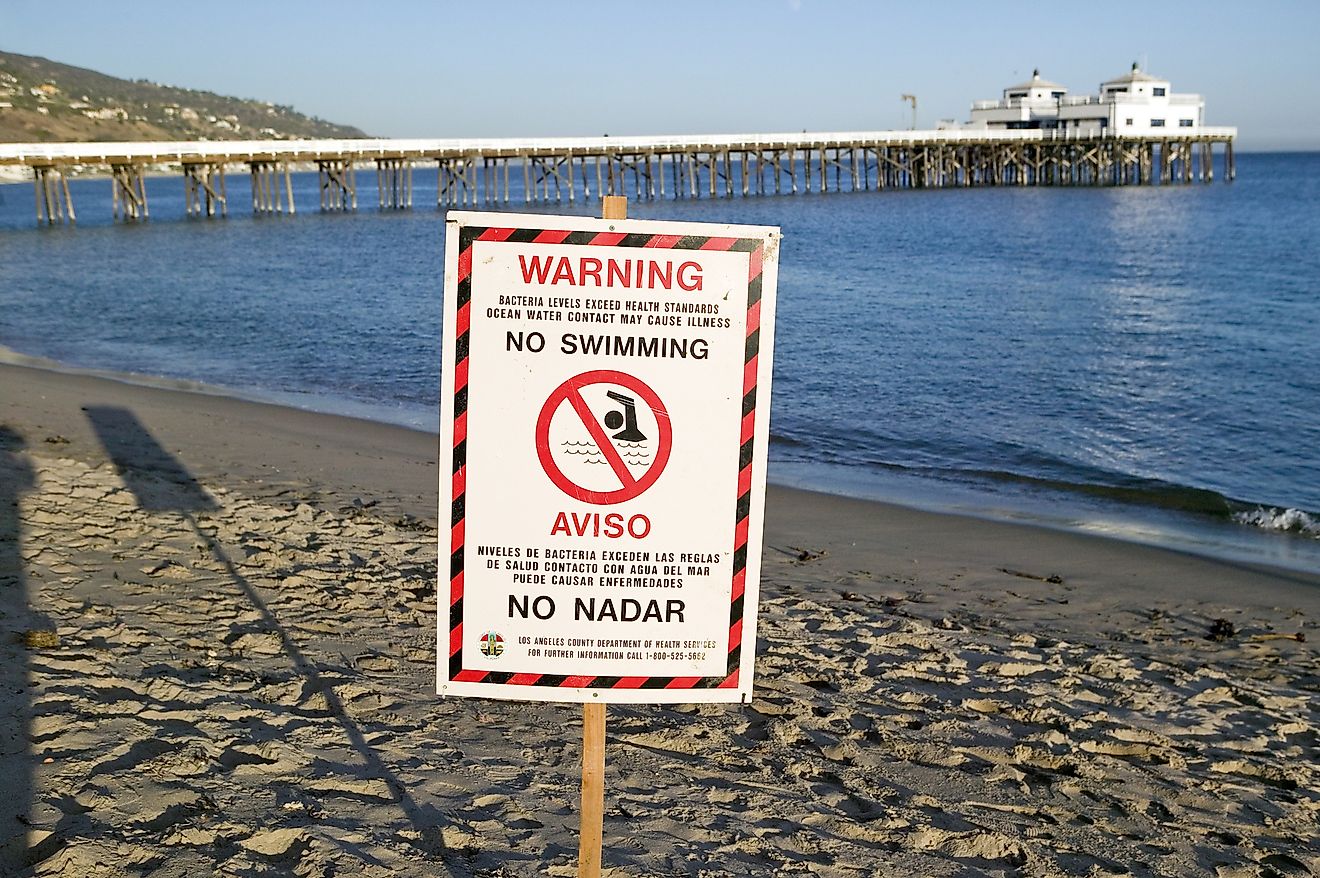
Water pollution is the contamination of various water sources by harmful and potentially deadly substances. There are any number of reasons for this type of pollution. For example, the United Nations estimates that eighty percent of the world’s wastewater—sink, shower, and toilet water—finds its way back into the environment without being properly treated. Other damaging substances include garbage and radioactive waste. In the United States, water pollution also occurs from oil spills and abandoned mines. In Colorado, these mines have polluted approximately 1,430 miles of stream. There are even public health concerns regarding the presence of lead in tap water in Michigan.
5. Soil Contamination
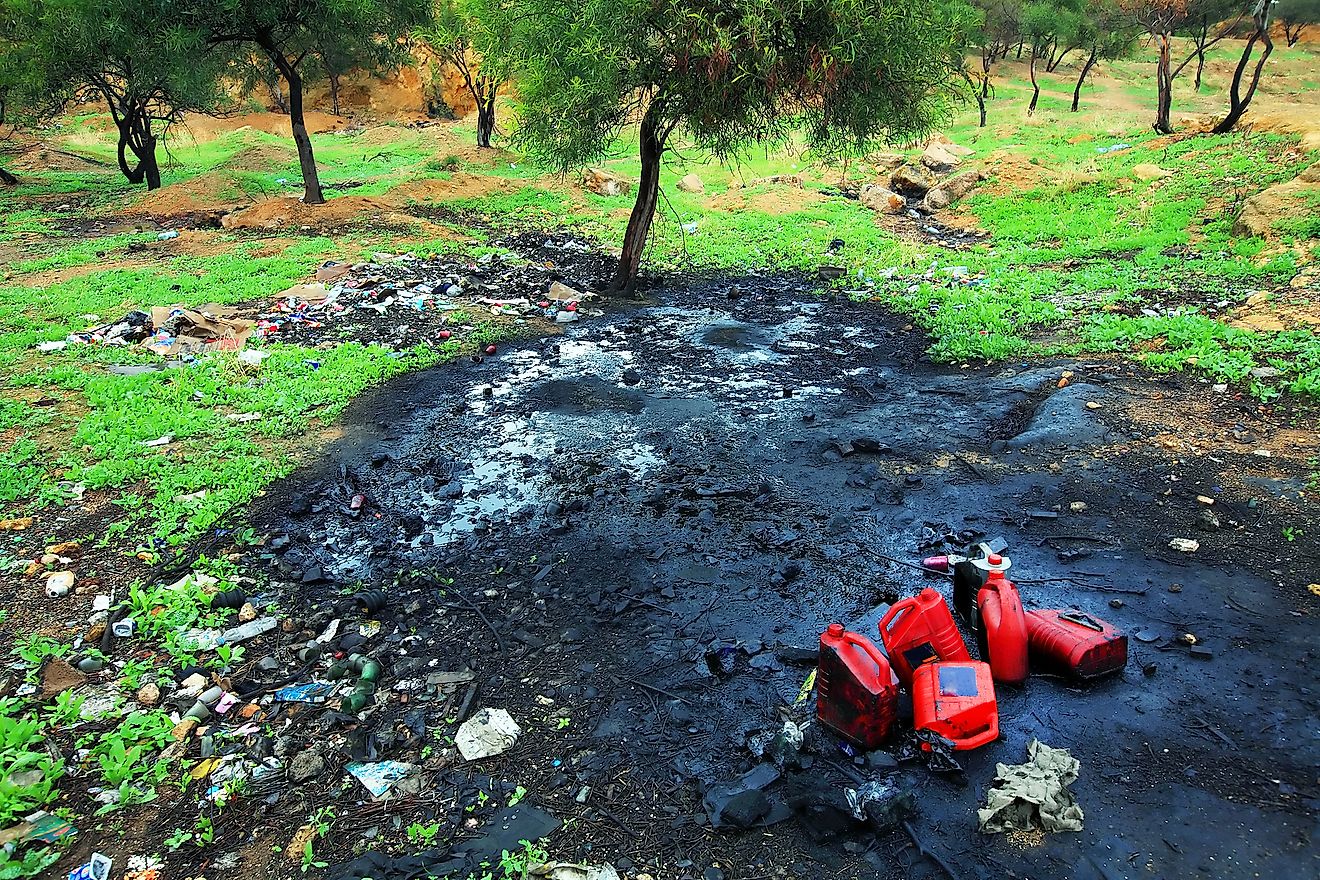
Soil contamination occurs when non-natural substances get absorbed into the earth. This could have disastrous effects on soil fertility and plant growth, which in turn impacts the surrounding wildlife. But it also impacts people as contaminates can easily find their way into our water and food supplies. As a result, there have been several reports of illnesses caused by soil pollution in New Jersey, Tennessee, and Montana to name a few. Industrialization and the boom of landfills are largely responsible, but everyday items such as pesticides and paint can cause significant harm to the environment.
4. Waste Problem
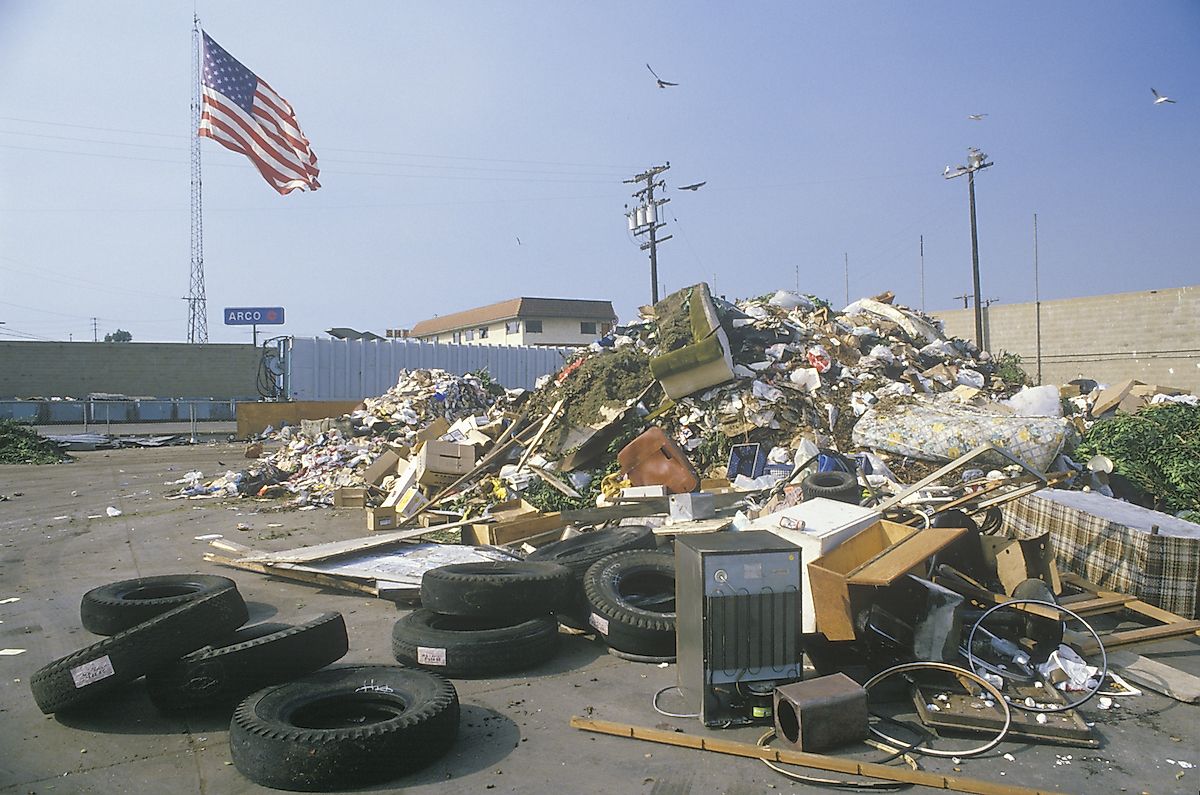
Every year, the world produces 1.3 billion tons of garbage, with the United States being among the most wasteful countries. In 2013, Americans generated 254 million tons of refuse. For comparison, China produced 190 million tons and their population is four times larger. It is a sad fact, but the average American household produces 65 percent of all garbage in the country. Landfills are filling at an alarming rate—particularly in the westernmost states—and are currently one of the leading causes of water and soil pollution. It does not help that they are kept relatively out of sight, concealing the seriousness of the problem.
3. Deforestation
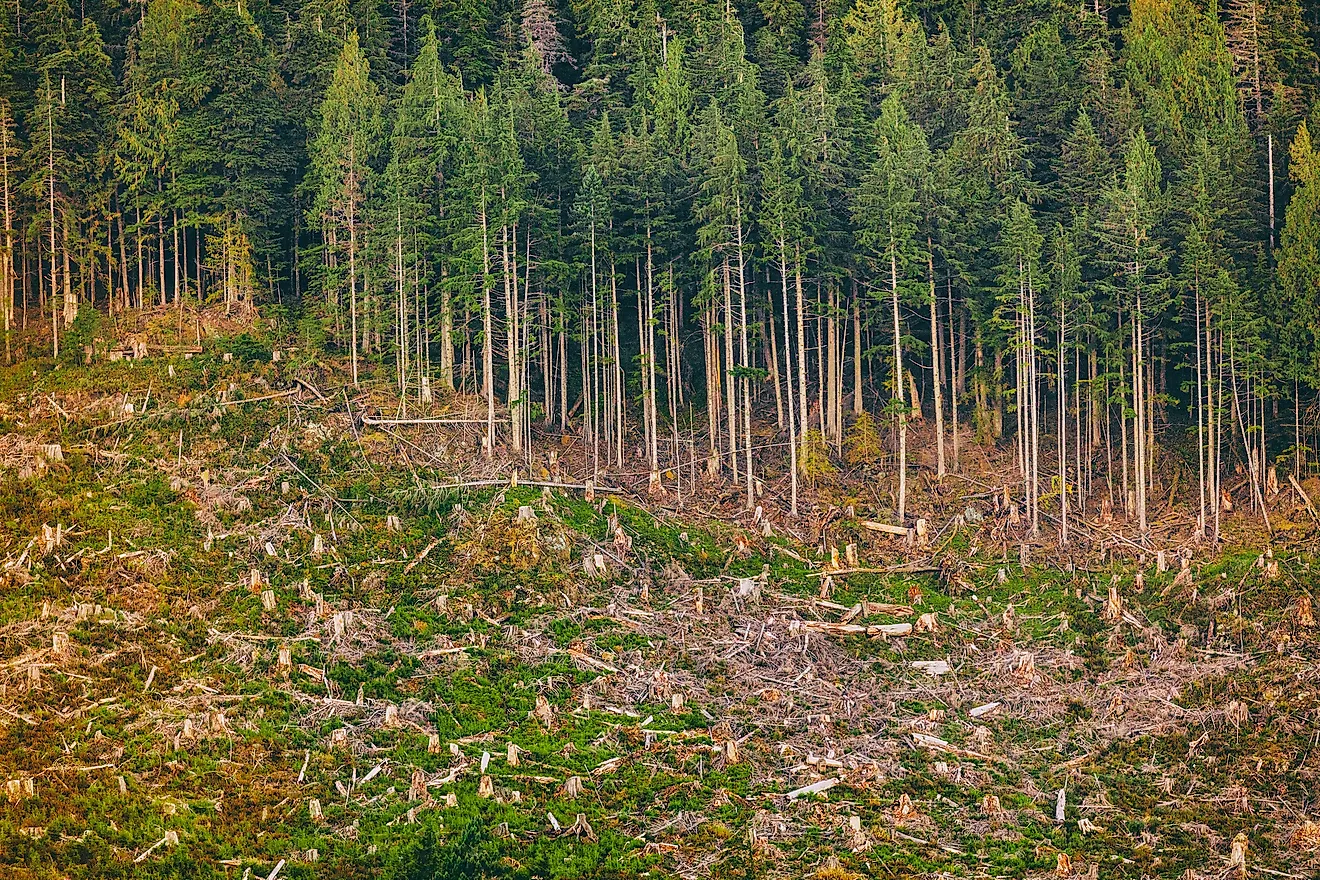
Deforestation is the clearing or permanent destruction of forested areas. Since the 1600s, the United States has seen the removal of 75 percent of the land’s forests. The reasons for this range from urbanization to the selling of timber. In the southern states alone, deforestation as a result of industrial logging is four times greater than that of the South American rainforests. Furthermore, each year the overall population of the US grows by approximately 1.7 million people. More people increases the demand for more space, which ultimately leads to the destruction of trees. Other harmful causes are climate change and loss of biodiversity.
2. Loss of Biodiversity
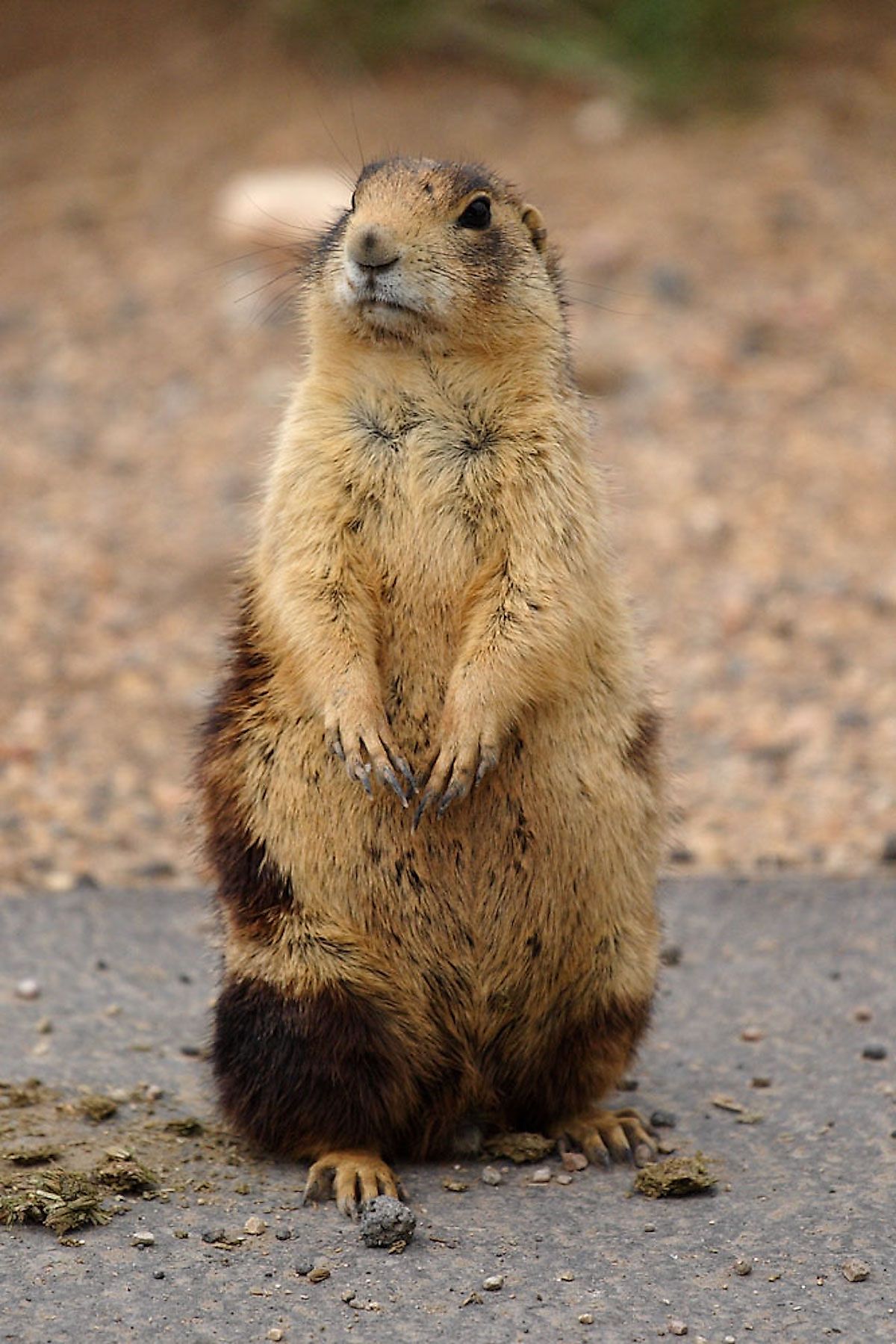
Most—if not all—environmental issues are linked. Deforestation and pollution has led to a great loss in biodiversity, that is to say the elimination of some natural habitats and wildlife. Louisiana, North Carolina, and Florida are three states that continue to experience heavy losses. To make matters worse, about a third of all US plants and animals are at risk of extinction, with only five percent receiving enough attention from conservation efforts. Fish and birds have been particularly affected, but even small creatures like bumble bees—which have vanished by nearly ninety percent—are in danger. This impacts humans, too, as we depend on certain ecosystems for food and water.
1. Invasive Species
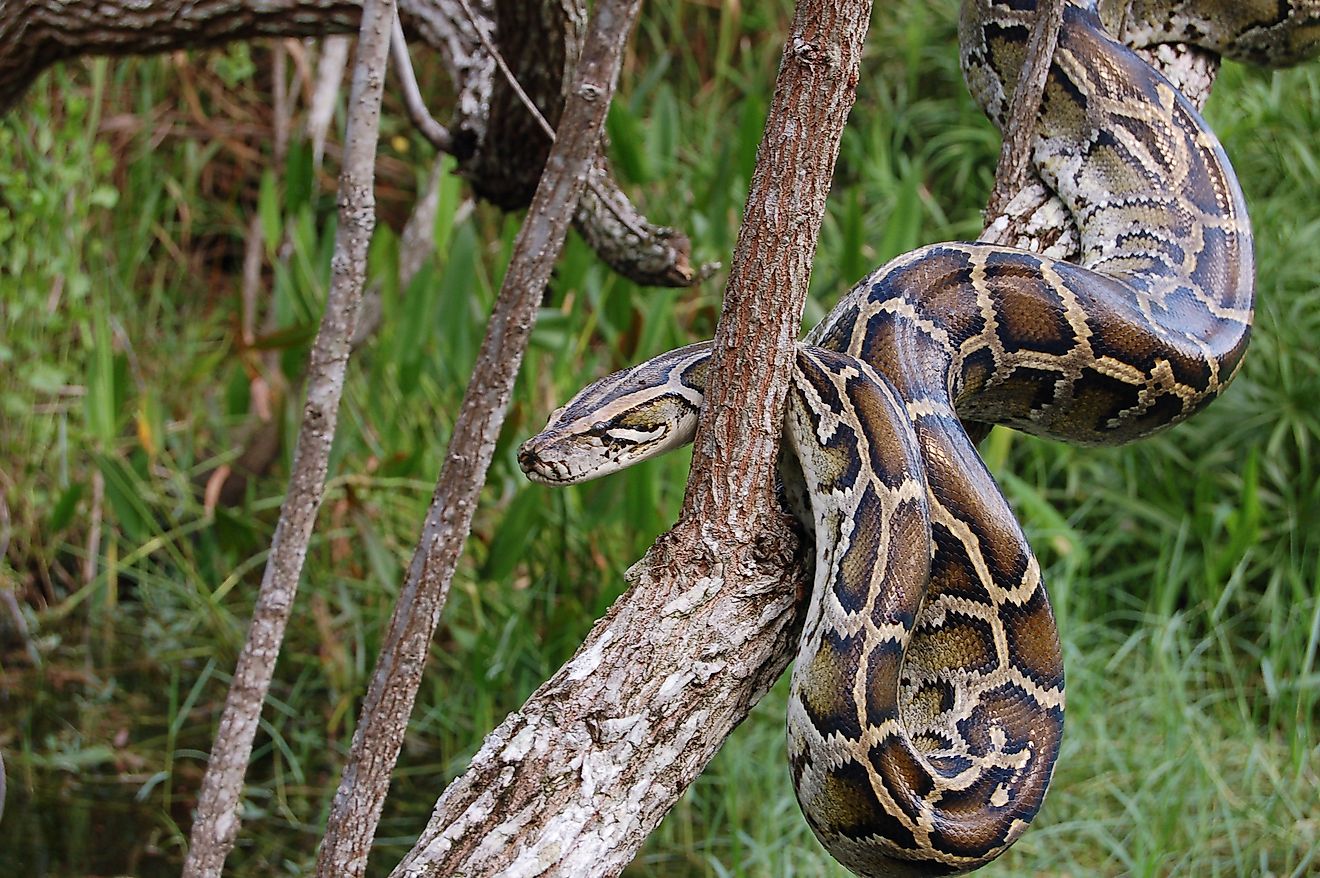
Animals that have been removed from their original countries, either on purpose or by accident, and brought to another are referred to as invasive species. With no natural predators in their new habitats, these foreign animals upset the established order of the existing ecosystem by destroying plants, killing animals, and introducing disease. Globalization is largely to blame, starting with the first European colonizers. Approximately 45,000 plants and animals have “invaded” the United States over the years, including the Burmese python, feral hogs, and lionfish. There are financial implications as well, with an estimated $120 billion spent every year on countering the damages.











